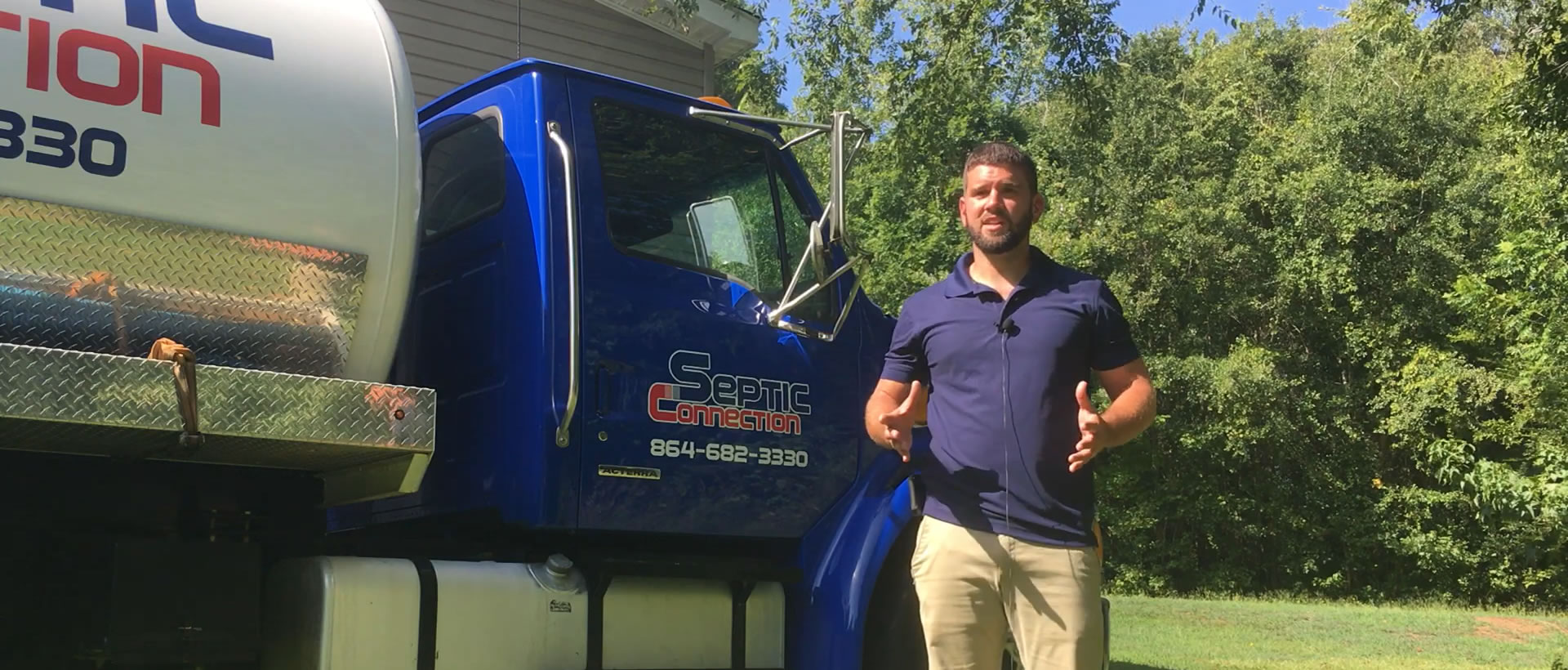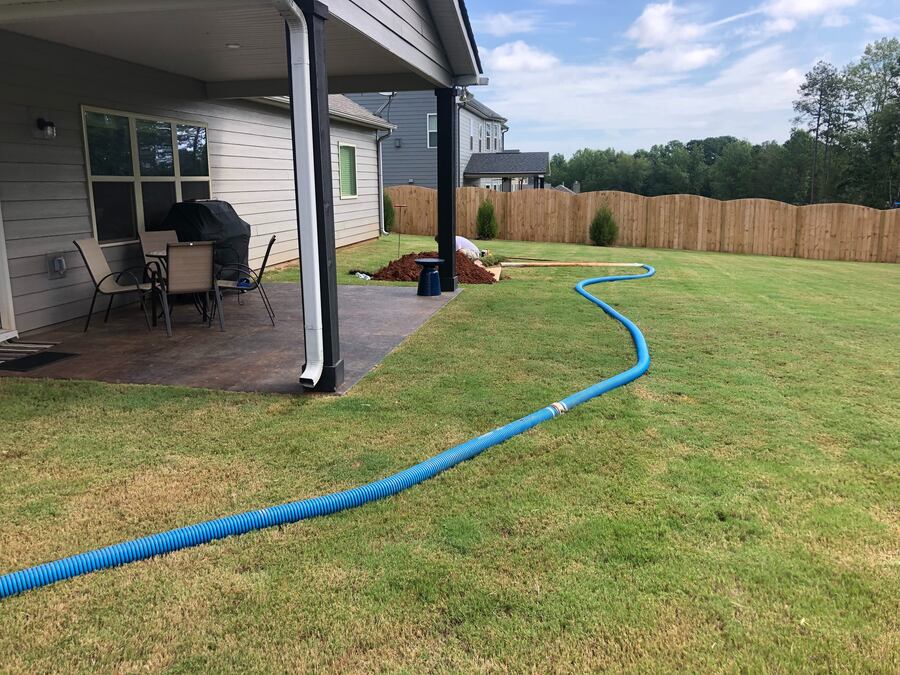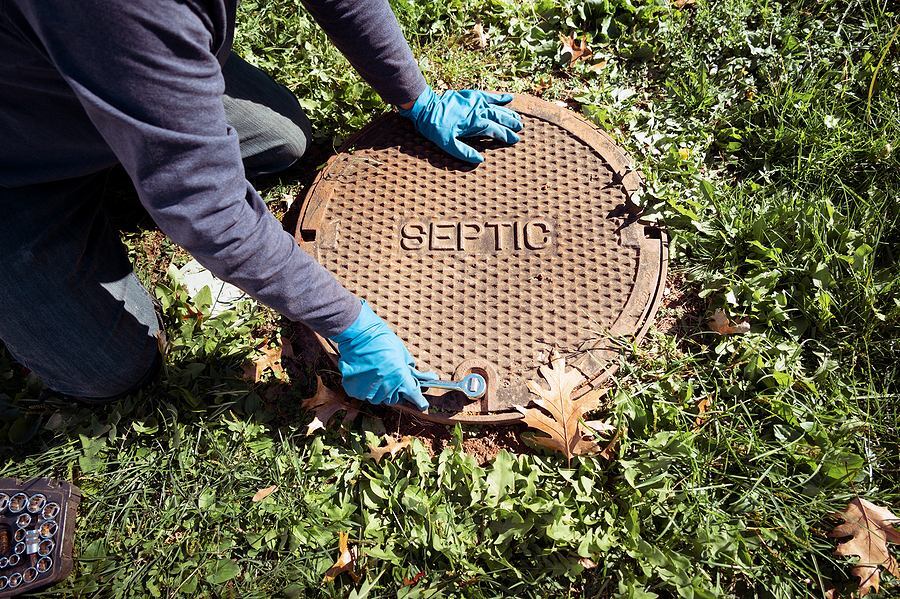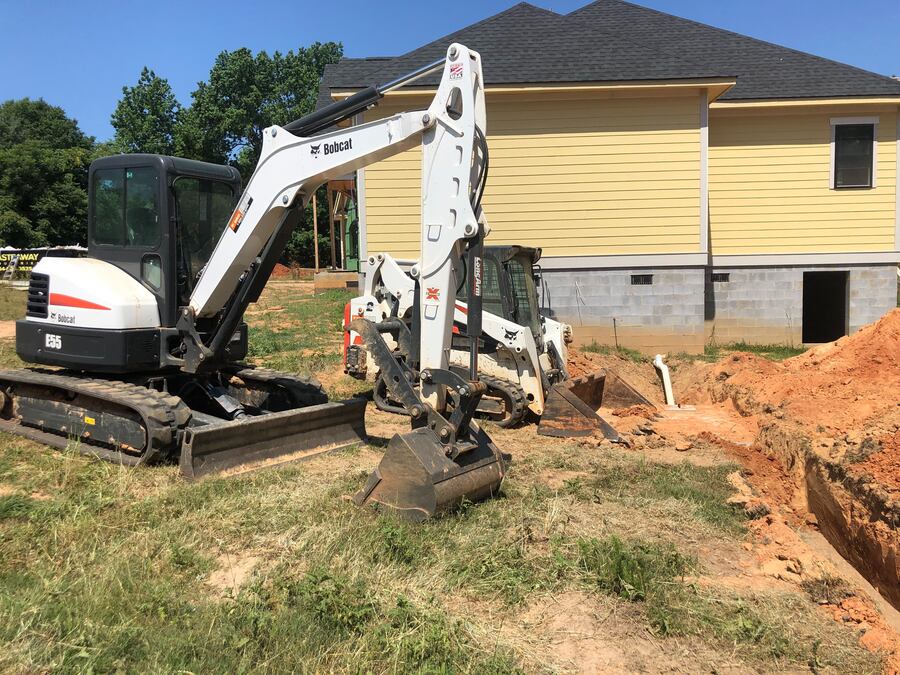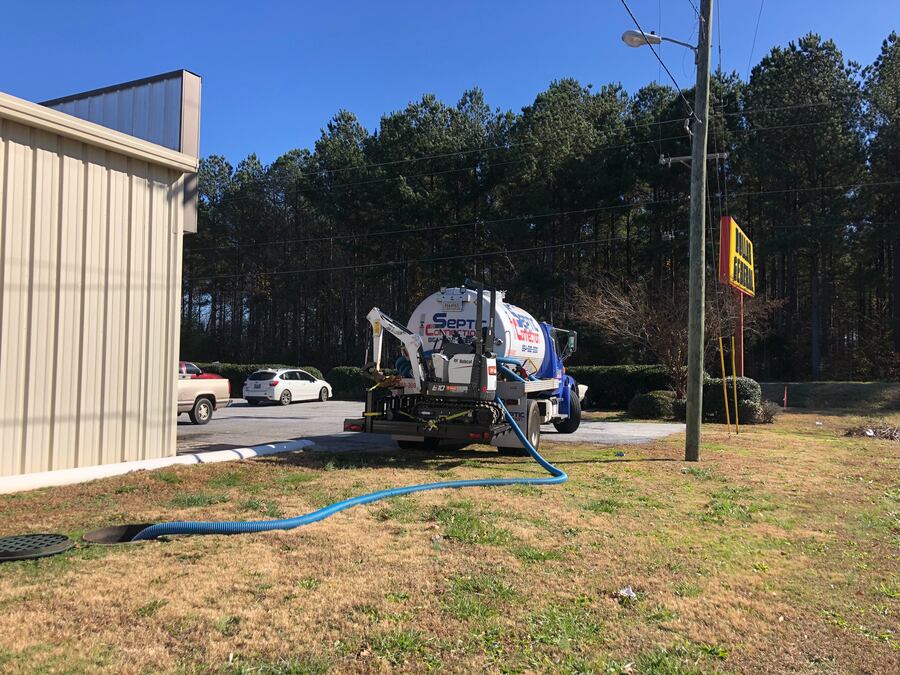
Can I Have a Septic Tank Without a Leach Field?
Septic systems are crucial for managing wastewater, especially in areas without a municipal sewage system. If you are considering a septic tank installation, understanding the different parts, such as a tank and a leach field, can help you provide better care. While these components work together to treat and disperse wastewater, homeowners often wonder if it’s possible to have a septic tank without a leach field. Septic Connection can assess your waste disposal needs and preferences to determine the best option.
Understanding Septic Systems
Understanding how the system operates is essential before undertaking a septic tank installation without a leach field, also known as a drain field. The wastewater from your drains enters the septic tank, where solids settle at the bottom, and lighter materials like grease and oils float to the top. The waste at the bottom forms sludge, prompting routine septic tank pumping sessions.
Bacteria in the tank break down organic matter, partially treating the wastewater before entering the leach field and infiltrating through soil layers. If you notice foul smells or stagnant water, it shows you need septic tank repair to avoid contamination. The leach field plays a vital role in this process, and regular inspections by a trusted septic company ensure safe dispersal and wastewater filtration.
Alternatives to a Leach Field
Although a drain field is the standard component of a septic system, a septic company can recommend viable alternatives for situations where traditional leach fields are not practical or permitted. Here are some options if you can’t have a drain field.
Mound Systems
A leach field is not ideal in areas with high groundwater or poor soil conditions. However, a mound system may be used instead. These systems involve constructing an above-ground mound of sand, gravel, and soil to disperse and treat wastewater before reaching the groundwater.
Aerobic Treatment Units (ATUs)
ATUs are advanced septic systems that use aerobic bacteria to treat wastewater more efficiently than traditional tanks. These systems can be used without a leach field by discharging the treated effluent directly into a surface water body or by using an alternative disposal method approved by local regulations.
Holding Tanks
Some jurisdictions restrict the use of leach fields to protect soil conditions and the environment. Holding tanks can provide temporary storage until the next septic tank pumping session, where it’s transported to a wastewater treatment facility for proper disposal.
Considerations and Regulations
Once you choose a suitable alternative, the next step is to work with a professional and ensure the project follows set regulations. Let’s consider the critical considerations when choosing a septic tank without a drain field.
Regulatory Approval
Local regulations and building codes may dictate whether alternative septic system designs are permitted in a specific area. Before installing a wastewater treatment system, it’s essential to consult with local authorities and get permits.
Environmental Impact
Choosing the proper septic system design is crucial for minimizing the environmental impact. Systems that discharge treated effluent directly into surface water bodies must meet stringent water quality standards to prevent pollution. In addition, routine septic tank cleaning goes a long way to ensure safety and compliance.
Maintenance Requirements
Different wastewater system designs have varying maintenance requirements. You should be prepared to schedule regular septic tank repair and maintenance to ensure enhanced efficiency and performance. A well-maintained unit also complies with building and health codes, preventing fines or legal action.
While a leach field is a standard component of most septic systems, alternative designs are available for various situations to address your needs and preferences. Contact us at Septic Connection and schedule a consultation with our experts to determine your property’s most suitable system design. We provide comprehensive services, from installation to routine septic tank cleaning, so that you can enjoy a comfortable home.
 How it works
How it works
